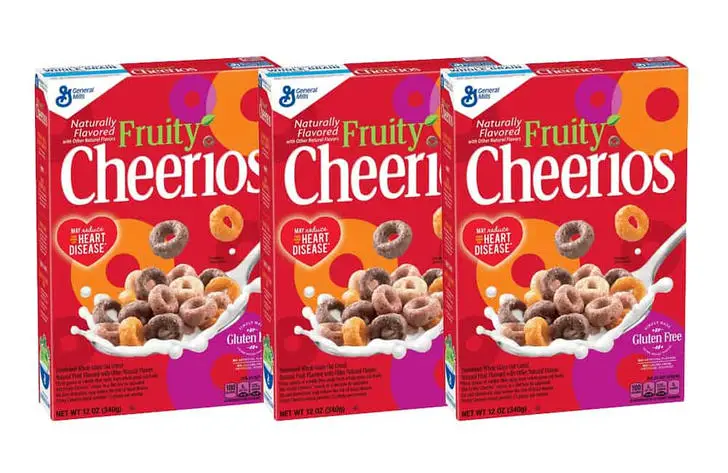40 Popular Foods Children Shouldn’t Be Fed
Advertisement
12. Fruity Cheerios are not as healthy as regular Cheerios.

Fruity Cheerios, like many flavored cereals, often contain added sugars and artificial dyes to achieve their fruity taste and colorful appearance. These added sugars can contribute to increased calorie intake and may not be as beneficial for children's health. Additionally, the artificial dyes used in some flavored cereals may have potential adverse effects on certain individuals, such as those with sensitivities or allergies.
When looking for healthier alternatives, options like Berry Berry Kix or Special K Red Berries, which utilize fruit juice or dried strawberries instead of artificial dyes, can be better choices. These alternatives can still provide a fruity flavor without the added sugars and artificial additives found in Fruity Cheerios.
If you're aiming to provide your child with a healthy cereal option, sticking to the original Cheerios or other whole-grain cereals with minimal added sugars and artificial additives is generally a better choice. You can also enhance the nutritional value of the cereal by adding fresh fruits or berries to it.
Ultimately, it's important to read the nutrition labels and ingredients list when selecting cereals for your children to make informed choices that align with their dietary needs and health goals.
While pancakes and waffles can be a popular breakfast choice, it's important to be mindful of the ingredients in pancake and waffle mixes, especially when it comes to their potential impact on growing children's health.
